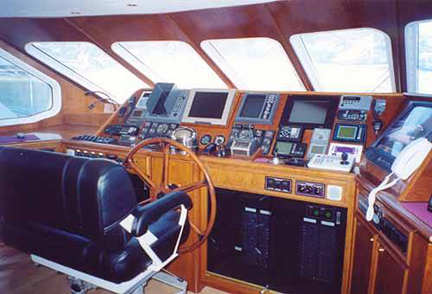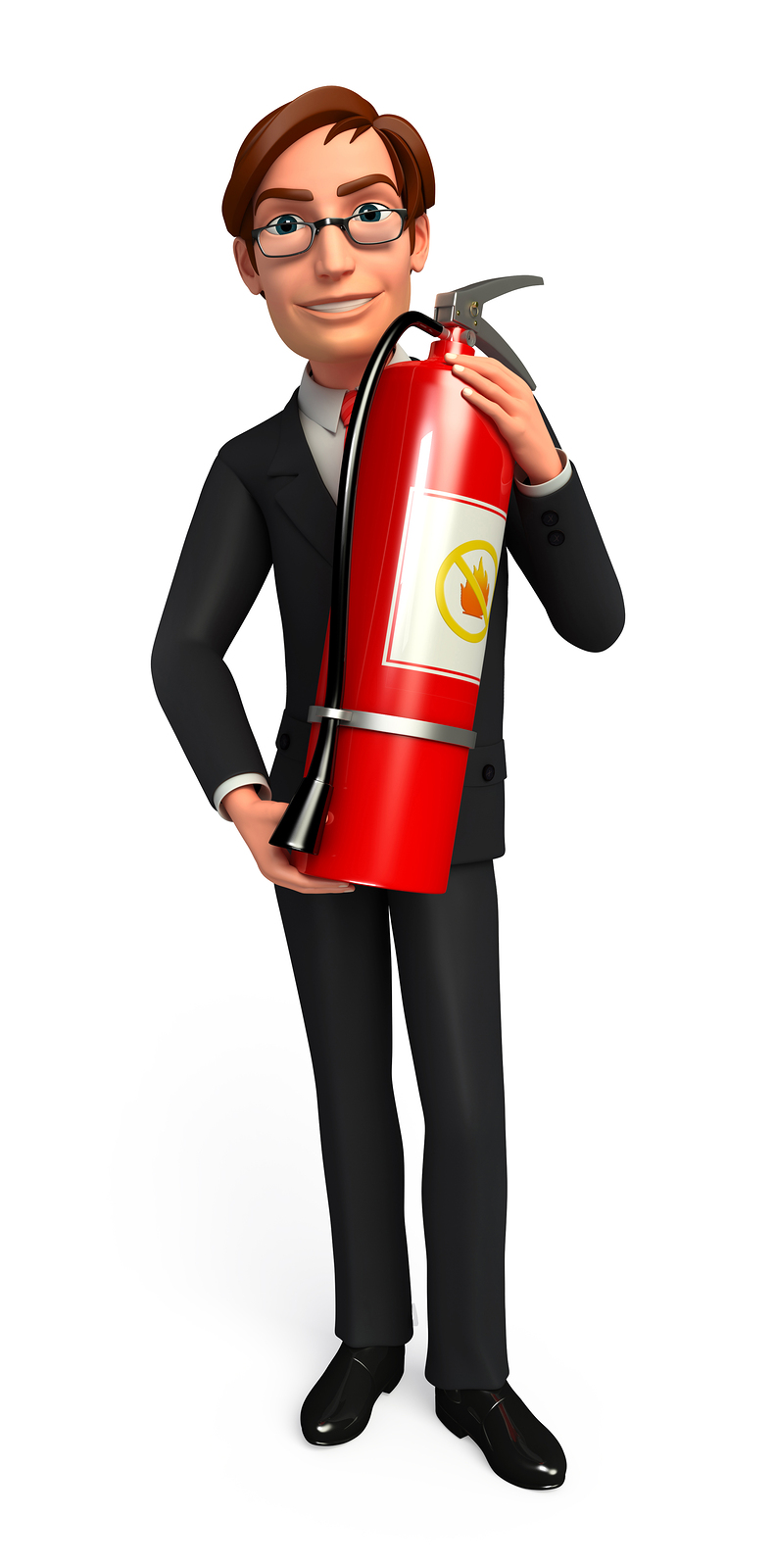Halon Replacement Extinguisher Boats & Yachts | Clean Agent | London
Halon Replacement Fire Extinguishers for Boats
Essex & London
The irradiation of Halon based fire extinguishers for enclosed spaces like boats due anti-CFC regulatory legislation (January 1, 1994, under the Clean Air Act) presents the opportunity for Clean Agent (FE-36) replacements – Breeze Fire Protection serving London and Essex
Halon replacement fire extinguishers are a modern necessity for combating fire risks in enclosed spaces such as marine vessels and boats where the presence of technically advanced electric circuitry historically led to the need for halon. Halon filled canisters have typically been used in boats to fight fire hazards. Halon has been preferred to CO2, foam or water for example because of the unique chemical action of Halon in such environments which literally quenches the fire of it’s necessary precursors, namely: fuel, oxygen supply and ignition source combined.
Halon chemically disrupts combustion whilst leaving no residue thus being an ideally suited extinguisher for technically advanced environments with a proliferation of electronic components, such as server rooms, nautical or aviation control rooms.
Since the enactment of the Clean Air Act in 1994 which enforced the eradication of the use of CFC in such appliances and equipment as the dangers posed to the ozone layer in the atmospheres was deemed to great a cost, the emergence of alternatives has occured. Such halon replacement extinguishers carry the same classification as their now defunct predecessors, the term used being: ‘Clean Agent’, so called by the NFPA because they are, ‘electrically non-conducting, volatile, or gaseous fire extinguishant that does not leave a residue upon evaporation’. Again, an ideal propellant for yachts, boats, hospitals and all sorts of naval and aviation vessels.
Such replacement extinguishers as FE-36, have an automatic function for protection 24-7. This leaves little to no dependance upon the presence of a, operator of the extinguisher. These mechanisms are usually designed around a glass tube with a bubble of air floating around in the liquid of the tube. Upon high heats (circa 70 degreees C) the bubble expands, breaking the glass of the tube which in turn triggers the release of the replacement propellant to quench the fire. If you manage an IT server facility in Hornchurch, a technical control room in Chelmsford or a hospital in Essex, Breeze Fire Protection are your local experts on hand to better your supply and service.
For FREE onsite fire extinguisher advice (no obligation), or a quote for British Safety Standard fire extinguishers, please call your local engineer on:
07806 675171
or, call our office line:
01708 442659
* This post appears in Fire Extinguishers London category







